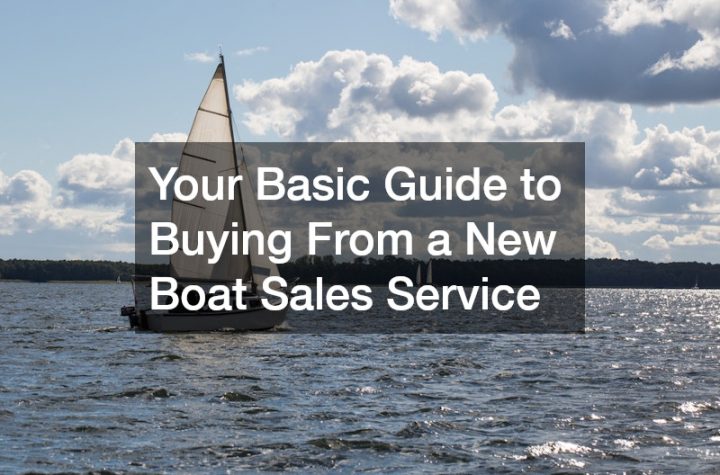


Both commercial and sport fishing are complex industries, in which environmental health and sustainability are forever wrestling with success and profit. For example, it seems that for every fisherman looking to build a fish attractor or improve local fish habitat structures, another is polluting area waterways or fishing in restricted locations. However, this problem is even worse when it comes to commercial fishing: research shows that as much as 25 to 30% of wild-caught fish imported into the United States is fished illegally, meaning the seafood was taken from protected regions or exceeds set quotas. Now, the White House has issued new recommendations to block imports of illegally-caught seafood and improve transparency.
The seafood industry is worth roughly $500 billion globally, with the U.S. market generating $18 billion of that amount every year. As one of the biggest fishing industries in the world, the U.S. is particularly susceptible to illegal seafood imports, making the nation part of a practice that harms sustainability efforts. Illegal fishing often violates sanctuaries and undercuts efforts to set quotas, causing a nightmare for conservation efforts. As a result, illegal fishing has been called one of the biggest obstacles to the world achieving sustainable fisheries and other healthy practices.
In light of this, a task force has recommended that Congress pass legislation to improve import control at U.S. ports and create guidelines for better technology to manage seafood. This new technology might include improved satellite to monitor all fishing vessels and other developments. The task force also recommended that the U.S. negotiate with other countries to increase the capabilities of law enforcement agencies who suspect illegal fishing in international waters.
The new recommendations will be followed by a 30-day period of public comment, after which President Obama is expected to take executive action. But while the new plan has yet to have an effect, these measures are just the latest step in creating a healthier and more sustainable fishing industry. Sportsmen can take part as well: whether you’re looking to build a fish attractor to restore lost habitat through artificial fish structures or joining a local conservation group, there are plenty of ways to get involved to promote healthy, sustainable fishing in your area.




More Stories